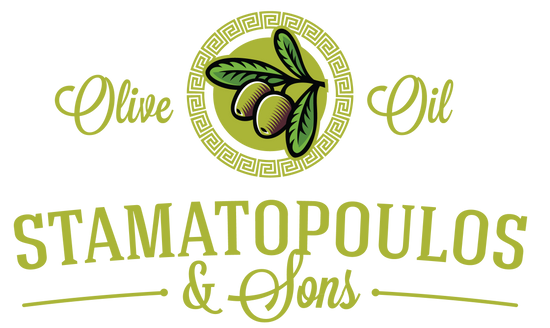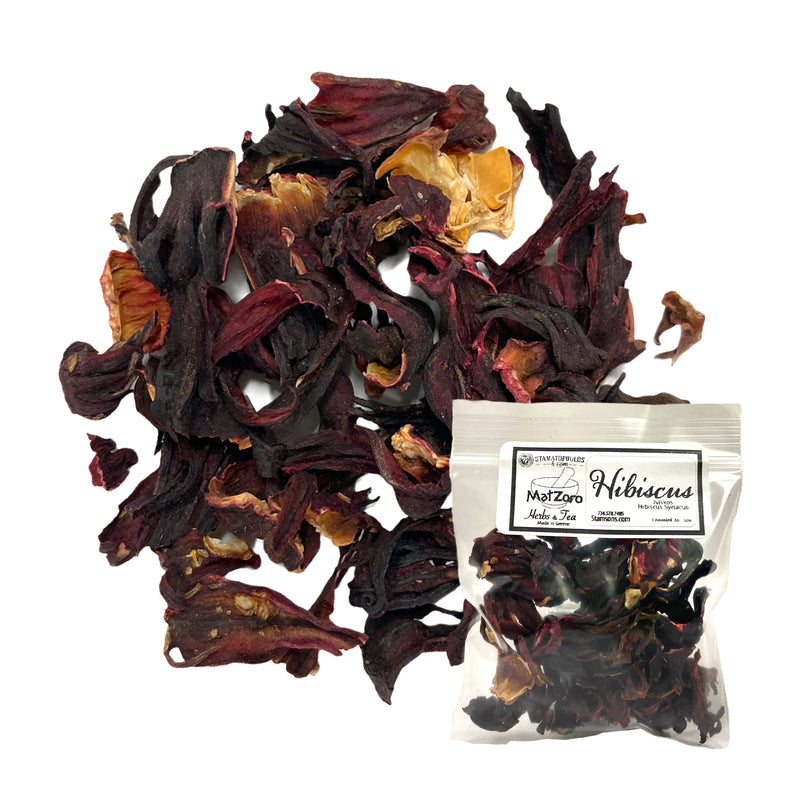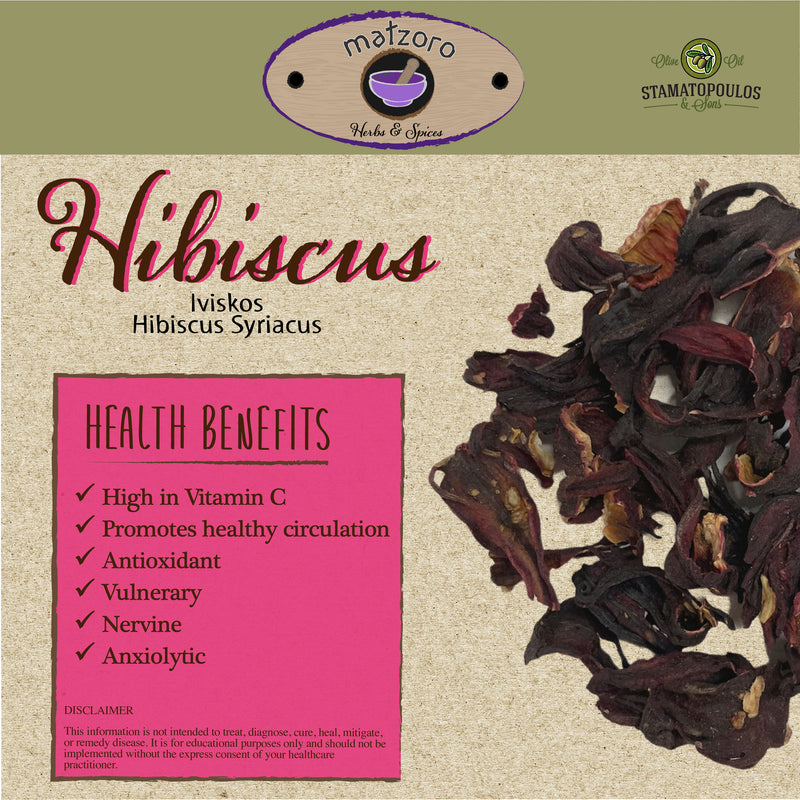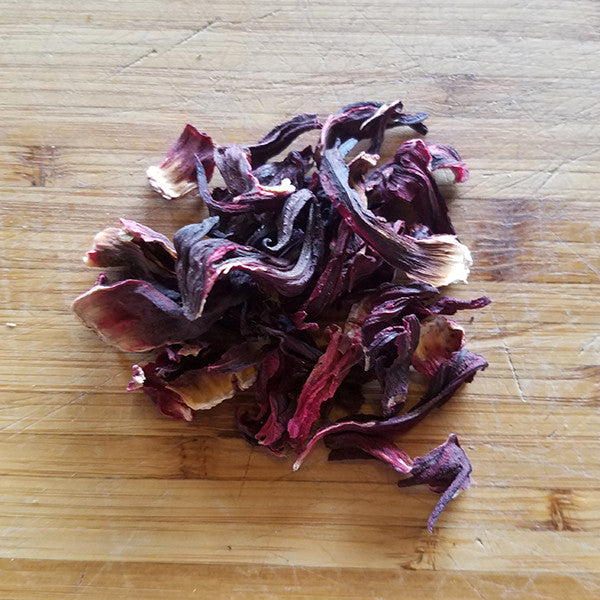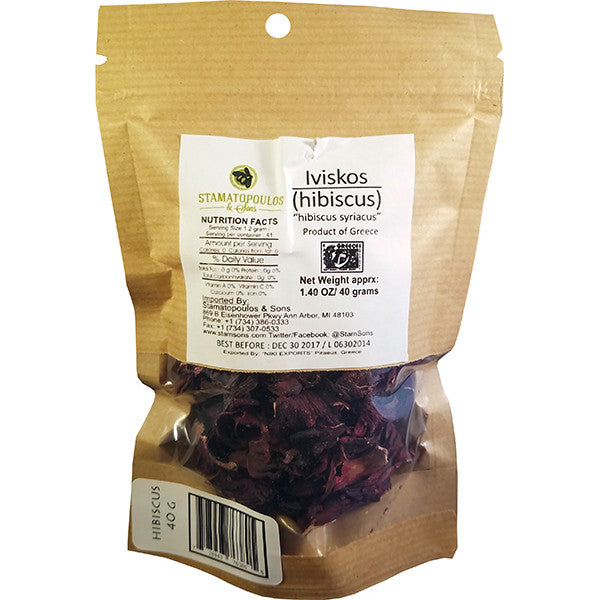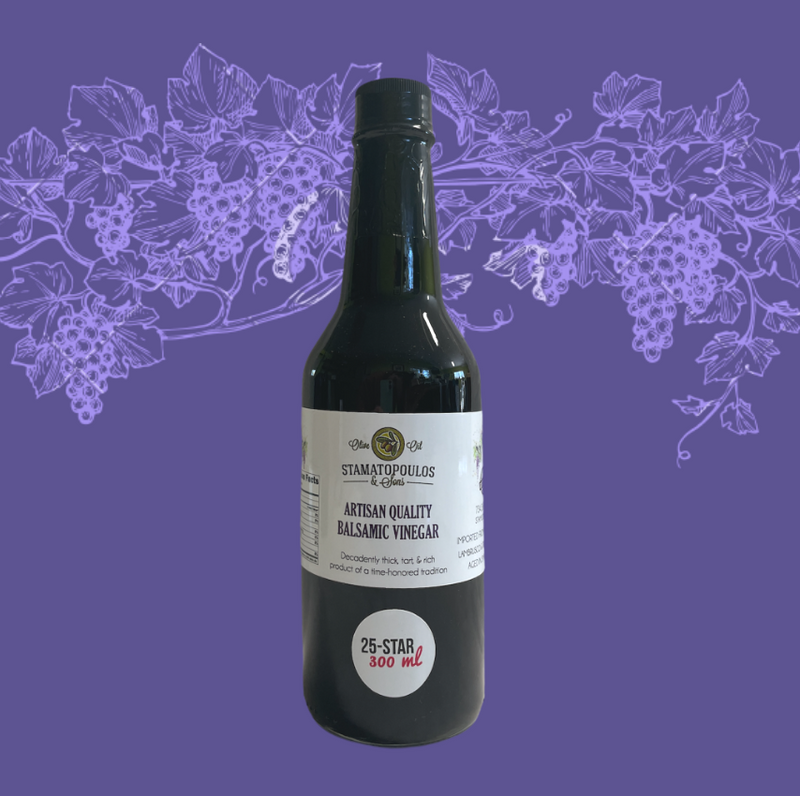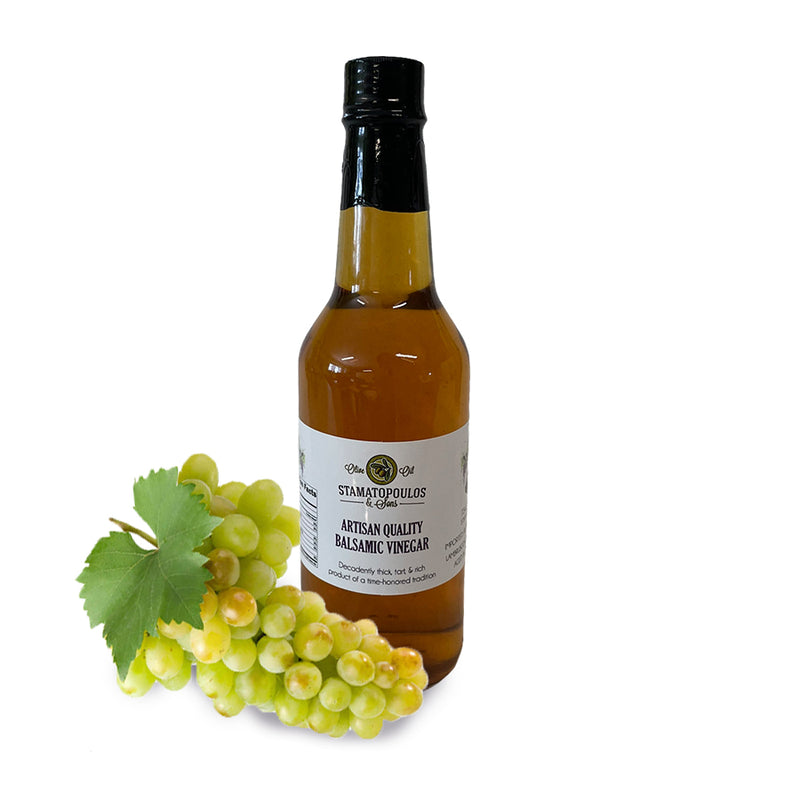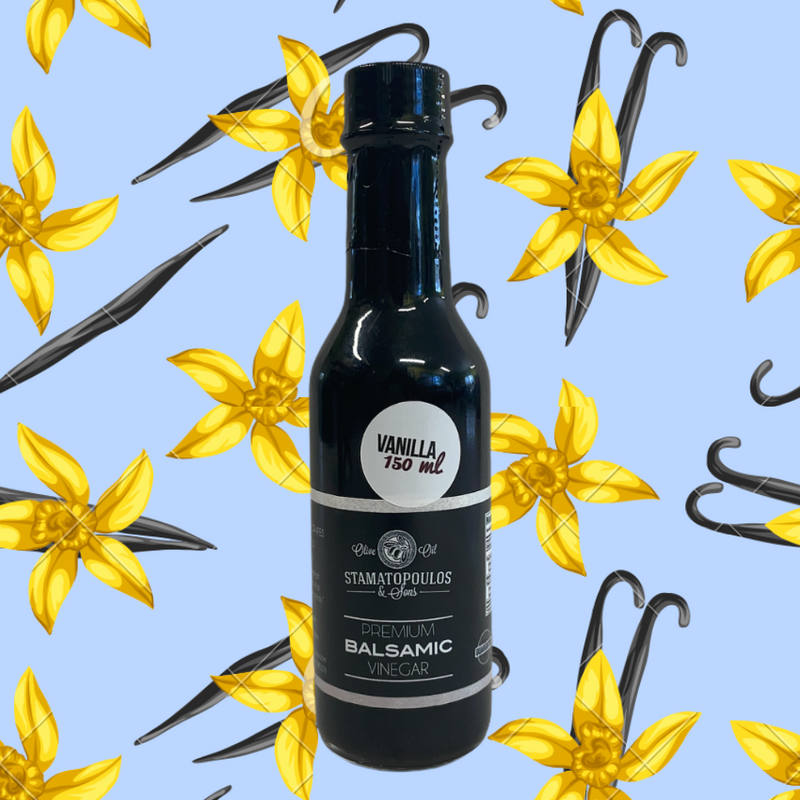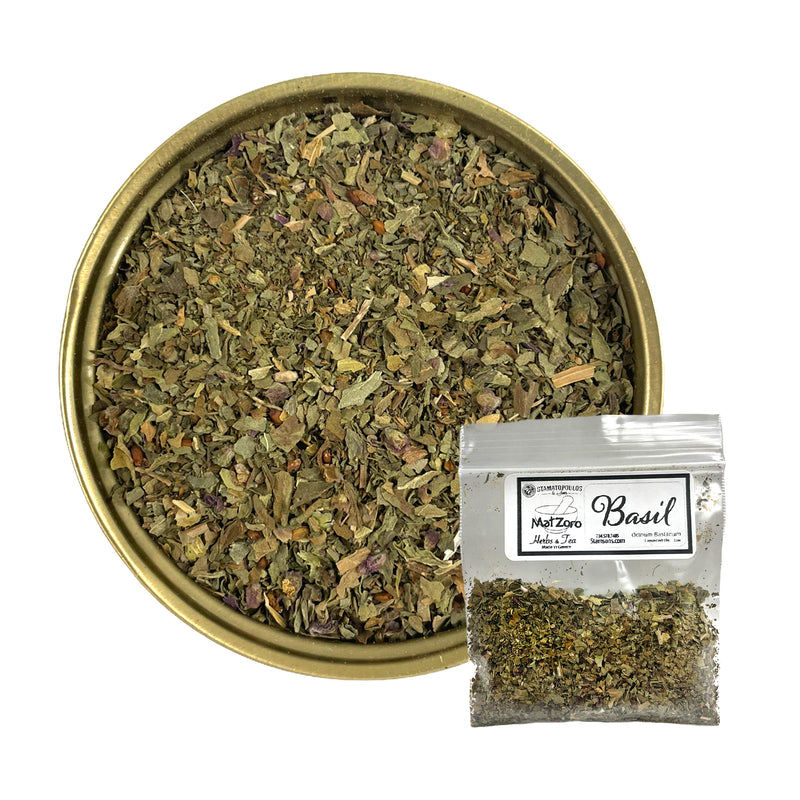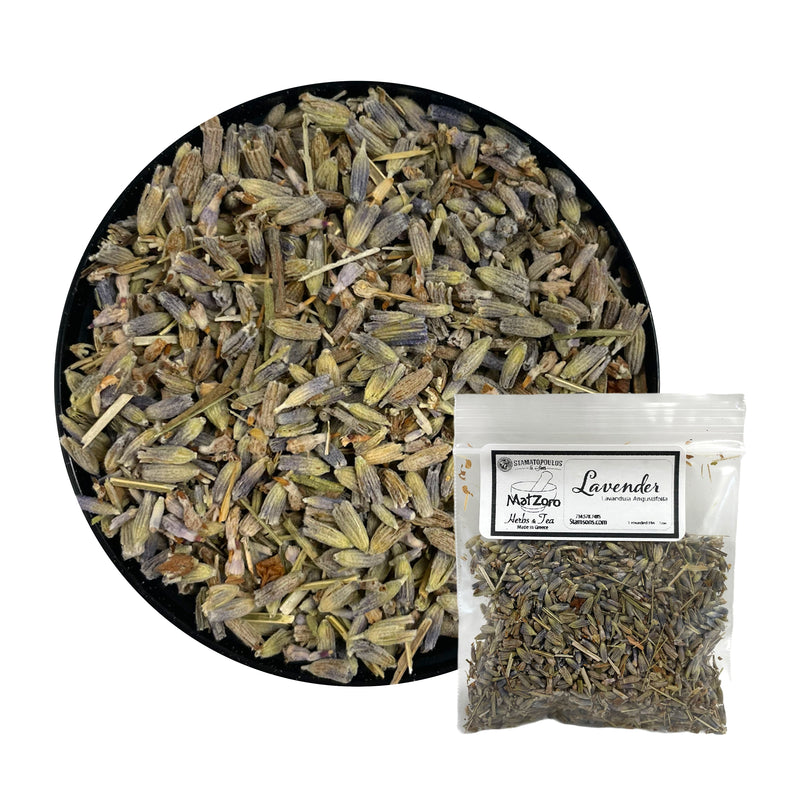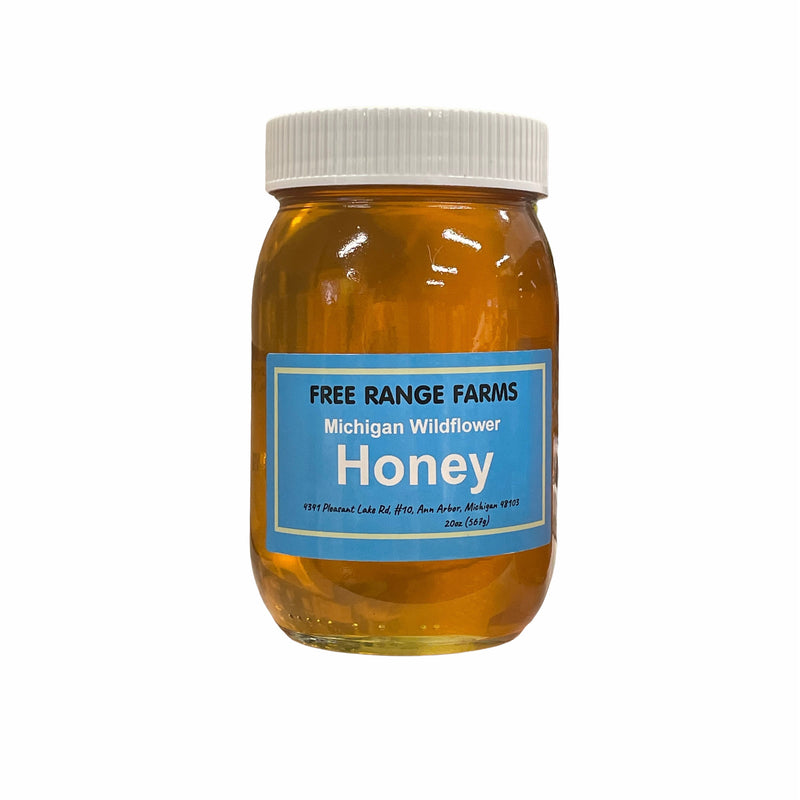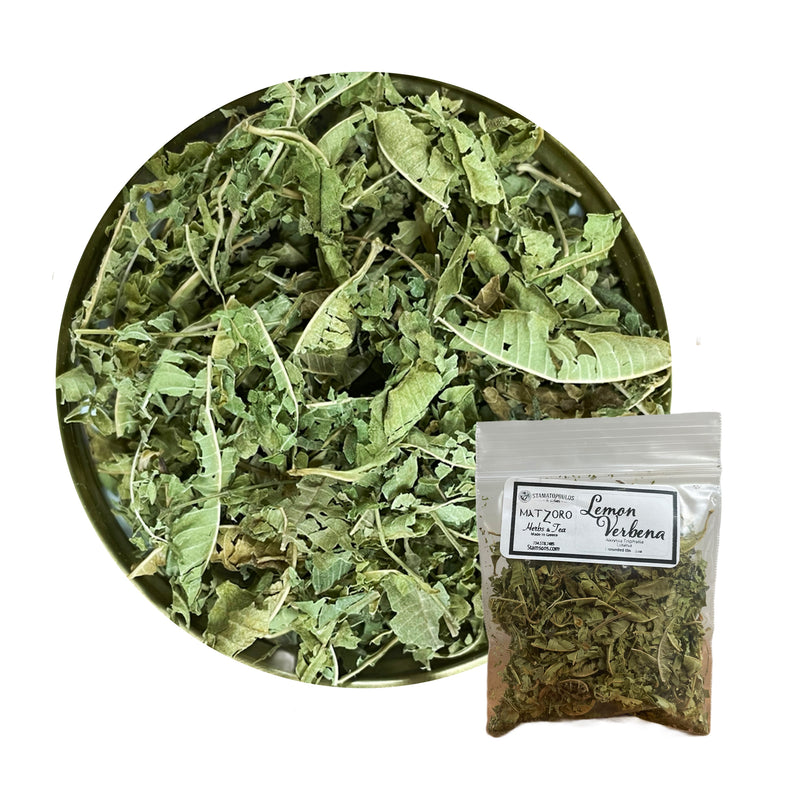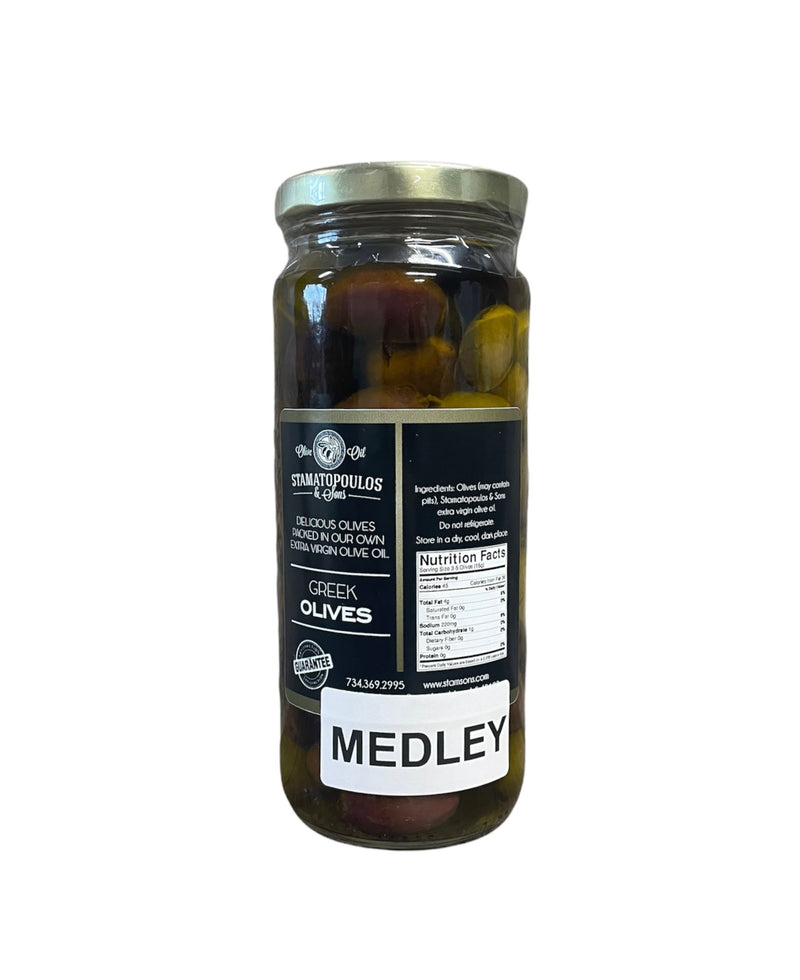{ "id":390413743, "title":"Hibiscus","handle":"hibiscus-iviskos-hibiscus-syriacus", "description":"\u003cb\u003eHIBISCUS\u003c\/b\u003e \u003cb\u003eHibiscus syriacus\u003c\/b\u003e \u003cb\u003eIVISKOS\u003c\/b\u003e \u003cb\u003eMalva Family\u003c\/b\u003e\u003cbr\u003eCommon names: Rose of Sharon, Rose Mallow\u003cbr\u003e\u003cb\u003e\u003cbr\u003eHISTORY OF USE\u003c\/b\u003e\u003cbr\u003e\u003cspan style=\"font-weight: 400;\"\u003eHibiscus species have long been used in the herbal traditions of the Middle East, India, throughout the Mediterranean and tropics where they are native plants.\u003c\/span\u003e\u003cbr\u003e\u003cspan style=\"font-weight: 400;\"\u003eThe hibiscus has had a lengthy history of use in Africa and neighboring tropical countries. Its fragrant flowers have been used in sachets and perfumes. In areas of northern Nigeria, this plant has been used to treat constipation. Fiber from \u003c\/span\u003e\u003ci\u003e\u003cspan style=\"font-weight: 400;\"\u003eH. sabdariffa\u003c\/span\u003e\u003c\/i\u003e\u003cspan style=\"font-weight: 400;\"\u003e has been used to fashion rope as a jute substitute. The fleshy red calyx is used in the preparation of jams, jellies, and cold and warm teas and drinks. The leaves have been used like spinach. The plant is used widely in Egypt for the treatment of cardiac and nerve diseases and has been described as a diuretic. In Iran, drinking sour tea for the treatment of hypertension is a popular practice. It has been used in the treatment of cancers. Research reveals little or no evidence of these medicinal uses of hibiscus. The mucilaginous leaves are used as a topical emollient in Africa. In Western countries, hibiscus flowers often are found as components of herbal tea mixtures. In Thailand, people consume roselle juice to quench thirst. Karkade seed products (ie, karkade defatted flour, protein concentrate, protein isolate) have been studied for their nutritional and functional value.\u003c\/span\u003e\u003cbr\u003e\u003cb\u003e\u003cbr\u003eCULINARY USE\u003c\/b\u003e\u003cb\u003e\u003cbr\u003e\u003c\/b\u003e\u003cspan style=\"font-weight: 400;\"\u003eIt makes a refreshing and cooling hot weather drink, with rose hips or ginger, and naturally sweetened. People sometimes use it in different sauces.\u003c\/span\u003e\u003cbr\u003e\u003cb\u003e\u003cbr\u003e\u003c\/b\u003e\u003cb\u003eMEDICINAL USE\u003c\/b\u003e\u003cbr\u003e\u003cspan style=\"font-weight: 400;\"\u003eHibiscus is full of vitamin C, so it is valuable to add to many tea blends. It also makes a wonderfully ruby red tea.\u003c\/span\u003e\u003cbr\u003e\u003cb\u003eRespiratory system: \u003c\/b\u003e\u003cspan style=\"font-weight: 400;\"\u003eUse in the presence of any respiratory sickness, or use to build up the respiratory system before cough and cold season.\u003c\/span\u003e\u003cbr\u003e\u003cb\u003eCardiovascular system: \u003c\/b\u003e\u003cspan style=\"font-weight: 400;\"\u003ehibiscus has been used in Iran to support healthy blood pressure maintenance and to promote healthy circulation.\u003c\/span\u003e\u003cbr\u003e\u003cb\u003eHypertension: \u003c\/b\u003e\u003cspan style=\"font-weight: 400;\"\u003eA randomized clinical trial evaluated the effect of sour tea available commercially in Iran on essential hypertension in otherwise healthy volunteers. A decrease in blood pressure was seen. However, after cessation of drinking the sour tea, a rise in blood pressure occurred. Although no adverse effects were seen in this study, the use of sour tea for treating hypertension requires further study.\u003c\/span\u003e\u003cbr\u003e\u003cb\u003eAntibacterial\/Vermifuge: \u003c\/b\u003e\u003cspan style=\"font-weight: 400;\"\u003eAqueous extracts of hibiscus appear to exert a slight antibacterial effect. In laboratory and animal studies, worms were killed by hibiscus extracts. Research reveals little or no clinical data regarding the use of hibiscus as an antibacterial or vermifuge (kill worms).\u003c\/span\u003e\u003cbr\u003e\u003cb\u003eChemopreventive effects: \u003c\/b\u003e\u003cspan style=\"font-weight: 400;\"\u003eComponents of hibiscus have shown potential as a chemopreventative agent against tumor promotion in laboratory and animal studies. These components also possess anti-inflammatory properties. Research reveals little or no clinical data regarding the use of hibiscus as a chemopreventive agent.\u003c\/span\u003e\u003cbr\u003e\u003cb\u003eLaxative effects: \u003c\/b\u003e\u003cspan style=\"font-weight: 400;\"\u003eThe plant has been used as a mild laxative. While animal studies show a mild cathartic effect, research reveals little or no human clinical data regarding the use of hibiscus as a laxative.\u003c\/span\u003e\u003cbr\u003e\u003cb\u003eOther uses: \u003c\/b\u003e\u003cspan style=\"font-weight: 400;\"\u003eHibiscus has been studied for its use in preventing renal stone formation, as well as its respiratory and sedative effects. To date there is no clinical evidence to prove any of these beneficial medical effects. Additionally, hibiscus anthocyanins have shown antioxidant activity in protecting against hepatotoxicity in rats. Application and action in humans has yet to be investigated.\u003c\/span\u003e\u003cbr\u003e\u003cbr\u003e\u003cb\u003eFLAVOR \u0026amp; ENERGETICS\u003c\/b\u003e\u003cbr\u003e\u003cspan style=\"font-weight: 400;\"\u003esour, slightly sweet\u003cbr\u003e\u003c\/span\u003e\u003cbr\u003e\u003cb\u003eCONSTITUENTS\u003c\/b\u003e\u003cbr\u003e\u003cspan style=\"font-weight: 400;\"\u003eVitamin C, flavonoids\u003cbr\u003e\u003c\/span\u003e\u003cbr\u003e\u003cb\u003eHERBAL ACTIONS\u003c\/b\u003e\u003cbr\u003e\u003cspan style=\"font-weight: 400;\"\u003eantioxidant, vulnerary, nervine, anxiolytic\u003cbr\u003e\u003c\/span\u003e\u003cbr\u003e\u003cb\u003eCAUTIONS\u003c\/b\u003e\u003cbr\u003e\u003cspan style=\"font-weight: 400;\"\u003eDo not take hibiscus if pregnant or breastfeeding. Hibiscus can decrease blood sugar levels; those with diabetes should consult a physician before ingesting. If planning on having a surgery, do not take hibiscus for up to two weeks prior to and after the scheduled date. \u003cbr\u003e\u003c\/span\u003e\u003cbr\u003e\u003cb\u003eTEA BLENDS\u003c\/b\u003e\u003cbr\u003e\u003cspan style=\"font-weight: 400;\"\u003eAdd hibiscus to any blend for a tart flavor burst of Vitamin C and a deep ruby red color. \u003c\/span\u003e\u003cspan style=\"font-weight: 400;\"\u003eFor help with occasional sleeplessness, combine with St. John’s Wort and lemon balm.\u003cbr\u003e\u003c\/span\u003e\u003cbr\u003e\u003cb\u003eDISCLAIMER\u003c\/b\u003e\u003cbr\u003e\u003cspan style=\"font-weight: 400;\"\u003eThis information is not intended to treat, diagnose, cure, heal, mitigate, or remedy disease. It is for educational purposes only and should not be implemented without the express consent of your healthcare practitioner.\u003c\/span\u003e", "published_at":"2014-10-21T19:01:00", "created_at":"2014-10-21T19:01:13", "vendor":"Stamatopoulos \u0026 Sons", "type":"Herbs, Teas, \u0026 Spices", "tags":["Herbs \u0026 Spices \u0026 Teas"], "price":100, "price_min":100, "price_max":700, "price_varies":true, "compare_at_price":null, "compare_at_price_min":0, "compare_at_price_max":0, "compare_at_price_varies":false, "all_variant_ids":[914798387,39617346502735], "variants":[{"id":914798387,"title":"40g","option1":"40g","option2":null,"option3":null,"sku":"728943763805","requires_shipping":true,"taxable":false,"featured_image":{"id":22590545996,"product_id":390413743,"position":4,"created_at":"2017-02-23T14:19:19-05:00","updated_at":"2021-01-21T15:40:52-05:00","alt":null,"width":600,"height":600,"src":"\/\/stamsons.com\/cdn\/shop\/products\/600_x_600_hibiscus.jpg?v=1611261652","variant_ids":[914798387]},"available":true,"name":"Hibiscus - 40g","public_title":"40g","options":["40g"],"price":700,"weight":40,"compare_at_price":null,"inventory_quantity":29,"inventory_management":"shopify","inventory_policy":"deny","barcode":"728943763805","featured_media":{"alt":null,"id":8950186063,"position":4,"preview_image":{"aspect_ratio":1.0,"height":600,"width":600,"src":"\/\/stamsons.com\/cdn\/shop\/products\/600_x_600_hibiscus.jpg?v=1611261652"}},"requires_selling_plan":false,"selling_plan_allocations":[]},{"id":39617346502735,"title":"0.1 oz.","option1":"0.1 oz.","option2":null,"option3":null,"sku":"","requires_shipping":true,"taxable":false,"featured_image":null,"available":false,"name":"Hibiscus - 0.1 oz.","public_title":"0.1 oz.","options":["0.1 oz."],"price":100,"weight":40,"compare_at_price":null,"inventory_quantity":0,"inventory_management":"shopify","inventory_policy":"deny","barcode":"","requires_selling_plan":false,"selling_plan_allocations":[]}], "available":null,"images":["\/\/stamsons.com\/cdn\/shop\/products\/hibiscus2a.jpg?v=1611261652","\/\/stamsons.com\/cdn\/shop\/products\/3ainfographicsamazon_Hibiscus.jpg?v=1611261652","\/\/stamsons.com\/cdn\/shop\/products\/600_x_600_hibiscus1.jpg?v=1611261652","\/\/stamsons.com\/cdn\/shop\/products\/600_x_600_hibiscus.jpg?v=1611261652"],"featured_image":"\/\/stamsons.com\/cdn\/shop\/products\/hibiscus2a.jpg?v=1611261652", "options":["Size"], "url":"\/products\/hibiscus-iviskos-hibiscus-syriacus"}
Hibiscus
Related Products
25* Balsamic Vinegar Dark
$ 25.00
6* Balsamic Vinegar White
From $ 8.00
Vanilla Balsamic Vinegar
$ 12.00
Basil
From $ 0.99
Lavender
$ 8.00
Free Range Farms Honey
$ 20.00
Lemon Verbena
$ 6.00
Olive Medley
$ 9.00
